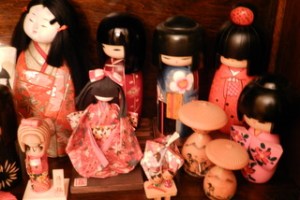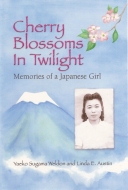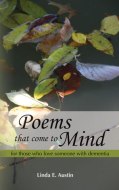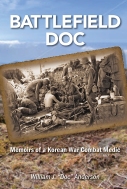The Japanese call it 3/11. March 2011. A great moment of silence swept across their nation, in the middle of our last night, in remembrance of when the Great East Japan Earthquake first began a year ago. The emperor said, “It is important not to forget the memories of this tragedy and pass them on to our descendants, so that readiness for natural disasters is fostered and we can strive forward in building a safer country.”
While readiness for natural disaster, or even man-made disaster, is important, I think the most important lessons from these disasters is that people can and will pull together to offer each other support and assistance. In all our many latest disasters worldwide, it was amazing to see the outpouring of money, prayers, and volunteerism, and individual acts of heroism from strangers totally unrelated except in their humanity. Those are memories worth remembering.
A few weeks ago, I listened to a local high school student tell about his trip to the Fukushima area last fall to help Safecast monitor radiation levels in geographic detail to determine safe areas. He had spoken to some of the displaced residents and reported the Japanese people were so impressed and appreciative that strangers still wanted to help, that the world hadn’t forgotten them. Now, a year later, there remains so much cleanup, so many life-affecting decisions to be made about rebuilding. People still live in shelters and need help. Volunteers are still there assisting, organizations still collecting money.
A couple books that benefit Tohoku survivors are available for purchase. 2:46: Aftershocks (also known as Quakebook), was created soon after the disaster to capture bits of stories of survivors. It is available from Amazon and Barnes & Noble. The Kindle version is free, but of course there are no proceeds going towards the victims. A brand new book is out that benefits teen survivors. Tomo: Friendship Through Fiction features thirty-six short works of fiction set in Japan by authors around the world who have strong connections to Japan. Several stories are about the Tohoku disaster, but the rest are a mix from sci-fi to ghosts to poetry. The book was written for YA (young adult) readers, but anyone from middle-grade and older would like them (I’m reading it). It is also available via Amazon and B&N (no e-book yet). Tomo means friendship.
By the way, my mother’s family near Tokyo was fine. When I finally had a Japanese friend reach them by phone, they were more worried about how my mother was doing here in the U.S.!
(some of my little connections to Japan)





Linda, I love how you keep your Japanese heritage alive through your stories. It is amazing how small the world has become and how the wounds of the past can heal. And how sweet of your mother’s family to be concerned about her when they are the ones in danger.
Yes, my heritage became more important as I grew older and more appreciative. I’m so happy my mother shared her culture with me!
Pingback: The First Steps to Building an Author Platform: A Guest Post by Dan Blank | Memoir Writer's Journey